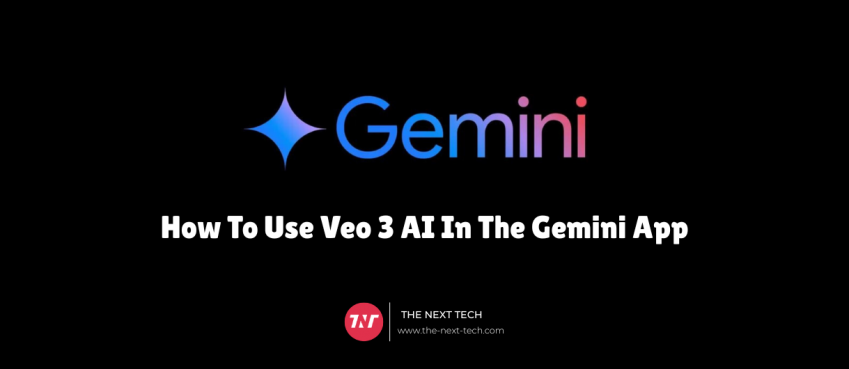
If you open your nearest shopping app or service provider website, chances are you’ll see a chat box pop up asking you if it can help. If you have questions, you can interact with the bot or chat with a qualified customer service staff member.
You can even find similar items to the ones you’ve purchased, or find out how many people have bought it in the last day. This is the world of messaging in e-commerce.

While instant messaging (IM) was first introduced in the 1990s, it became ubiquitous very recently. Today, instant messaging apps are extensions of daily conversations and fit into the palms of our hands.
Messaging apps and live chat are now also being used by businesses, websites and applications in an effort to connect better with users and improve customer service. However, each of these has distinct advantages over the other, which make them better fits based on context.
Messaging apps and live chats have grown beyond their original purpose to become multi-use tools. According to a Facebook study, over 66% of consumers feel more confident about making purchases when the brand is active on a messaging app. 55% feel that much more connected to the brand.
Mark Zuckerberg, CEO of Facebook
Live Chat vs Messaging Apps
A live chat provides customers with the opportunity to interact in real-time. Live chats require the presence of agents, especially if the conversation goes beyond the ambit of automated responses.
This real-time messaging solution is even more helpful when it comes to targeting qualified customers on certain pages of the app or website.
This allows them to start a conversation with the service provider while simultaneously browsing through their offerings. However, it doesn’t save chat data, so if a customer leaves the chat or doesn’t respond quickly, the chat ends.
Messaging apps are asynchronous and have a history of the conversation available in the app for the two parties to see. It shows messages as threads and this helps maintain context and relieves users from having to repeat themselves.
They can be used at any time; messages that aren’t seen by either party can be looked at any time after. The chat doesn’t end as live chat does; it may only draw to a close if all parties involved stop replying.
Although live chat is more often used for live customer service, messaging API for a website or apps are also effective. This real-time messaging platform scores higher than live chats when messaging history becomes important and brands want to go beyond real-time messaging to keep users engaged and happy.
The Value of Customer Support
Customer support goes a long way in ensuring brands see continuous business, return buyers and new visitors. It creates a brand image that can’t be matched through paid marketing plans; indeed, word of mouth is a powerful force to contend with when measuring the success and impact of a brand.
The best messaging API is one that ensures top-notch customer service. Poor customer service may lead users to abandon a brand over a reason that could have easily been solved without leaving the platform.
How to Achieve Top-Notch Customer Support

Good customer service banks on quick replies, fast actions and positive interactions. Live chats may be useful in garnering immediate responses, but they can also be a source of frustration if the chat closes off and loses past information.
Messaging apps, on the other hand, take a more leisurely approach without coming across as ineffective or closed to communication. They’re much more familiar to users and don’t put pressure on them to answer immediately or have all the information at hand.
Through an Android messaging API or an iOS messaging SDK, messaging apps can be made available on phones and tablets; this cross-device functionality facilitates more effective customer support.
Achieving peak customer support also involves setting expectations from the start. Messaging apps allow customer service professionals to gather all the information they need to help without feeling the pressure of a timed chat. This, in turn, sets achievable expectations on the customer’s end, so that they’re not disappointed with the speed.
Also read: How To Fix TV Grey Screen Issue? 2024 Guide
Ensuring Real-Time Feedback and Quicker Resolutions
Using a real-time messaging SDK or API allows companies to receive feedback in real-time from their customers. This shrinks the process in itself, eliminating steps such as raising tickets, leaving reviews and sending scores of emails.
In turn, the real-time nature of messaging apps allows customer service staff to respond in time and solve problems without losing customers.
A huge part of this is how accessible messenger apps are when compared to other feedback platforms. In this case, customers don’t need to type out emails, go to other links, or phone people to report even a small problem.
By typing it out in the messaging app in just a few seconds, their job is done and the customer service team can take near-immediate action.
Preserving Brand Image through Personalisation
E-commerce players have scores of opportunities to personalise their experiences and set them apart from the crowd in users’ eyes. Personalisation tactics include offering birthday-exclusive deals and discounts, customising emails for individual users, and recommending products based on past purchases and reviews.
Messaging apps can be used to leverage personalisation. They can strike up conversations with first-time visitors, cross-sell or upsell products based on user search history, and even offer tips and tricks on using the product or service the user is currently looking at.
Personalisation helps to identify each user as a distinct entity and engage with them. This goes a long way in creating and preserving brand image, especially when the company’s writing style, tone of voice and colours are used to reinforce personality.
Also read: What Is xResolver? How To Use xResolver For Xbox? [Top 3 Alternatives + FAQs]
Integrating More Than Just Conversations
Messaging apps today can go beyond sending texts back and forth. They can be used to make reservations, share files, and answer a massive repository of frequently asked questions. The use of AI and machine learning is ubiquitous here, given that these are automatable processes that don’t require manual oversight.
By doing this, businesses can save costs on integrating other applications and plugins, instead of using one messaging app to knock a few more tasks off the list. This tactic also helps to re-engage old customers and reduce the time between a user’s first visit and the first order.
The Best Messaging App to Use
The best messaging API or SDK is one that successfully accommodates your business needs without breaking the bank. Ideally, the Messaging API or SDK you choose should be customisable, scalable and highly secure to use. It shouldn’t jeopardise user experience and safety; at the same time, it should be lightweight and useful.
The bottom line is that, when you integrate a messaging API, you should guarantee seamless customer support and experience for users while knocking your business goals out of the park.
Top 10 News
-
01
Top 10 Deep Learning Multimodal Models & Their Uses
Tuesday August 12, 2025
-
02
10 Google AI Mode Facts That Every SEOs Should Know (And Wha...
Friday July 4, 2025
-
03
Top 10 visionOS 26 Features & Announcement (With Video)
Thursday June 12, 2025
-
04
Top 10 Veo 3 AI Video Generators in 2025 (Compared & Te...
Tuesday June 10, 2025
-
05
Top 10 AI GPUs That Can Increase Work Productivity By 30% (W...
Wednesday May 28, 2025
-
06
[10 BEST] AI Influencer Generator Apps Trending Right Now
Monday March 17, 2025
-
07
The 10 Best Companies Providing Electric Fencing For Busines...
Tuesday March 11, 2025
-
08
Top 10 Social Security Fairness Act Benefits In 2025
Wednesday March 5, 2025
-
09
Top 10 AI Infrastructure Companies In The World
Tuesday February 11, 2025
-
10
What Are Top 10 Blood Thinners To Minimize Heart Disease?
Wednesday January 22, 2025







